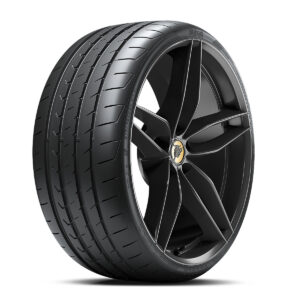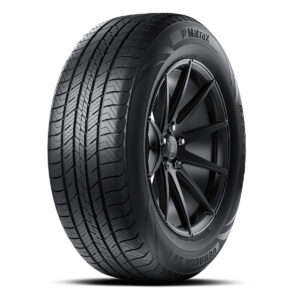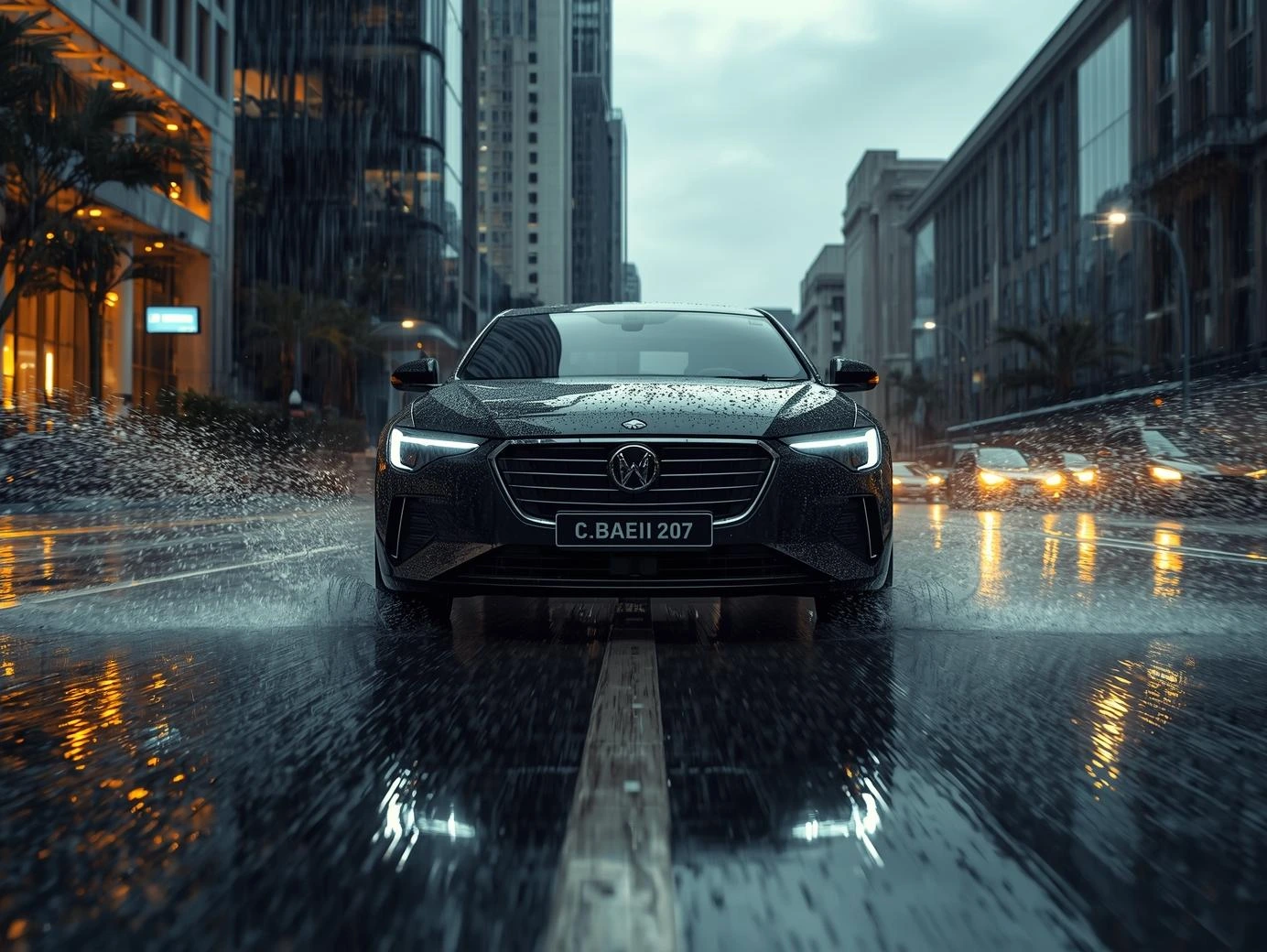Best Tyres For Singapore’s Rainy Roads
Choosing the right tyres for Singapore’s wet climate ensures safety and performance.
In this article, we’ll explain:
- Why tyre choice matters in wet conditions
- Top tyre brands for rainy roads
- Features to look for in wet-weather tyres
- Maintenance tips for optimal performance
Table of Contents
Importance of Tyre Choice
Choosing the right tyres is crucial for navigating Singapore’s frequent rain. Proper tyres improve traction, reduce braking distance, and enhance overall safety.
In wet conditions, the risk of hydroplaning increases. Tyres with deeper treads can channel water away more effectively, maintaining better contact with the road.
Moreover, tyres designed for wet conditions often have compounds that remain flexible in cooler temperatures, providing better grip.
The three pillars of a wet-grip tyre
1) Tread pattern that evacuates water
Look for:
-
Wide circumferential grooves to move water quickly away from the center.
-
Lateral channels to push water out to the sides when cornering.
-
Dense siping (fine slits) to create extra biting edges on slick surfaces.
Patterns vary—some sport a directional “V,” others are asymmetric with inner/outer zones. Both can work, as long as they move water efficiently.
2) Silica-rich compounds for cold & wet grip
Modern compounds enriched with silica stay more pliable in cooler, wet conditions. That flexibility lets the tread conform to micro-textures in the road instead of skimming across water.
3) Strong, consistent contact patch
A well-engineered casing keeps the tyre planted under braking and through quick direction changes. Consistency matters as much as peak grip because Singapore rain often arrives mid-commute, not just during “spirited driving.”
Decoding tyre labels and what they mean for rain
When available, wet-grip ratings and rolling-resistance scores provide a quick way to compare. If you’re deciding between two similar tyres, the one with the higher wet-grip rating typically delivers shorter wet-braking distances. Also check noise ratings—quieter tyres can reduce fatigue in heavy rain where acoustic comfort helps concentration.
Pro tip: Don’t choose on label alone. Tread depth, tyre age, and maintenance often outweigh the difference between two good labels.
Touring vs. performance vs. SUV tyres—what’s best in Singapore rain?
Comfortable Touring Tyres (daily drivers)
-
Who it’s for: Hatchbacks, sedans, crossovers that prioritise comfort and consistent wet grip.
-
Why they work: Balanced tread patterns with continuous grooves for drainage, good silica content, and predictable steering.
Ultra-High-Performance (UHP) Tyres (spirited drivers)
-
Who it’s for: Performance saloons and coupes that need crisp steering in the wet.
-
Why they work: Asymmetric patterns with strengthened outer shoulders and advanced compounds—shorter wet-braking when warmed up, strong turn-in.
SUV/4×4 Tyres (higher center of gravity)
-
Who it’s for: Family SUVs navigating wider tyres and more weight.
-
Why they work: Robust construction to support weight, deeper grooves to shed water from wider contact patches, and designs tuned for stability.
Electric-ready Tyres (if you drive an EV)
-
Why consider them: EVs are heavier and deliver instant torque. EV-optimised tyres offer reinforced construction, low rolling resistance, and silica compounds that maintain wet traction without sacrificing efficiency.
Aquaplaning: causes, signs, and how to reduce the risk
What triggers it:
-
Speed + standing water + insufficient groove volume = water can’t evacuate fast enough.
How to tell it’s happening:
-
Steering feels light, engine revs climb with little acceleration, the car doesn’t respond normally.
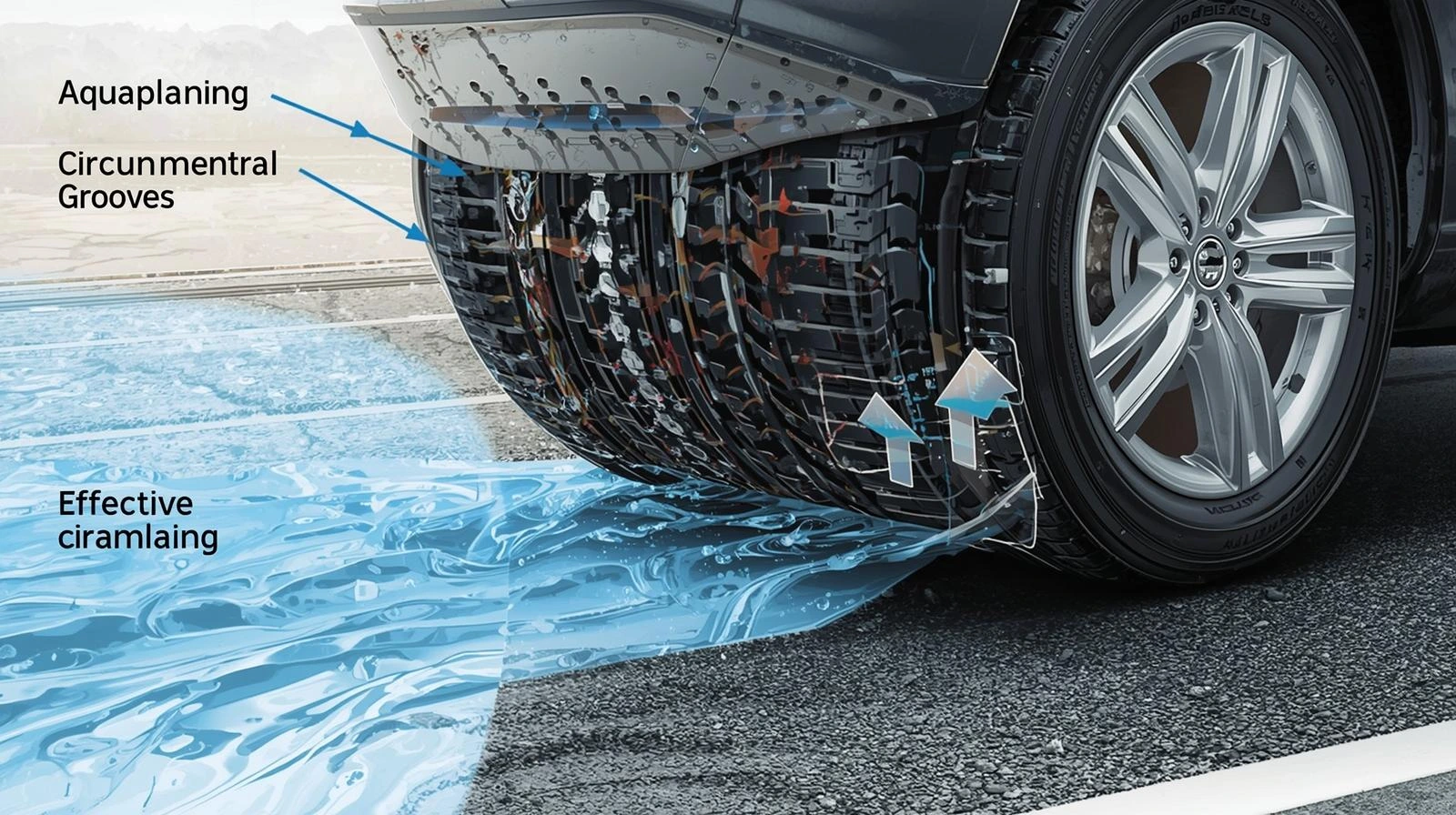
How to lower the risk:
-
Maintain tread depth—replace near 3 mm for wet performance; at the legal minimum the margin is small.
-
Reduce speed in heavy rain—even great tyres can’t break physics.
-
Keep correct pressure—under-inflation widens the contact patch and can lift the tread on water.
-
Avoid sudden inputs—gentle throttle, smooth steering, measured braking.
-
Choose tyres with efficient water channels—the core of wet safety.
The maintenance checklist that wins in the rain
-
Tread depth: Check monthly. A quick gauge or coin test works. Deeper tread = more water volume the tyre can move.
-
Tyre pressure: Measure cold at least once a month and before long trips. Hot rainstorms can still follow a cool morning; pressure fluctuates with temperature.
-
Wheel alignment: If the wheel pulls or you notice uneven wear, align it. Misalignment reduces effective contact in the wet.
-
Rotation: Every ~10,000 km (or your vehicle manual’s advice) to keep wear even—consistent tread depth preserves predictable wet grip.
-
Age matters: Even with good tread, older compounds harden. Consider replacing tyres around the 5–6-year mark or per manufacturer guidance.
Choosing the Best Tyres for Singapore Rain by Driver Profile
Singapore’s tropical climate means heavy rain and sudden downpours are part of everyday driving. Selecting the right tyres for wet conditions is crucial to ensure safety, comfort, and performance. Different drivers have varying priorities depending on their vehicle type, driving habits, and frequency of rain exposure. Here’s a detailed guide to help you choose the best tyres for Singapore rain according to your driver profile.
1. City Commuter
Priorities: Wet braking, low noise, comfort.
City commuters spend most of their time in stop-and-go traffic, short trips, and urban roads. In rainy conditions, quick response during braking and traction on slick surfaces are key. Low rolling noise and a comfortable ride also enhance the daily driving experience.
What to look for:
-
Touring tyre patterns with dense siping to improve water dispersion.
-
Good wet ratings for reliable traction and predictable braking.
-
Quiet tread design to minimize road noise during city driving.
Budget-friendly options like GT Radial ATR or Achilles 122 series provide dependable wet performance without breaking the bank.
2. Family Driver
Priorities: Predictability, short stopping distance, load capacity.
Drivers with families often combine school runs, errands, and expressway travel. Tyres need to maintain stability under heavier loads while ensuring short braking distances on wet roads.
What to look for:
-
Robust construction for consistent handling under full loads.
-
Wider circumferential grooves to evacuate water efficiently.
-
Stable center ribs for predictable steering response.
Tyres like Kumho Solus TA31 or Nankang Eco-2 offer a balance between comfort, wet grip, and load capacity.
3. Performance Enthusiast
Priorities: Steering precision, wet cornering, confident braking.
Drivers who occasionally push their cars on clear roads or highways need tyres that combine performance and safety. Wet cornering grip and braking confidence are essential to prevent skidding or hydroplaning.
What to look for:
-
Ultra-high-performance (UHP) asymmetric tread patterns for enhanced steering control.
-
Stiff shoulder blocks to maintain cornering stability.
-
Silica-rich rubber compounds for superior wet traction.
Even mid-range tyres like Achilles ATR Sport 2 provide good handling without the premium price of Michelin Pilot Sport or Bridgestone Potenza.
4. Ride-Hailing or Delivery Drivers
Priorities: All-day reliability, wet performance, longevity.
For drivers who spend long hours on the road, tyres must maintain consistent wet traction across their entire lifespan. Durability and even tread wear are key to avoiding frequent replacements.
What to look for:
-
Durable compounds that resist wear.
-
Even-wear tread designs for consistent performance.
-
Proven wet grip across the lifecycle, ensuring safety for long daily use.
GT Radial, Nankang, and Silverstone tyres are popular among ride-hailing and delivery drivers in Singapore for their reliability and affordability.
5. SUV/MPV Drivers
Priorities: Water evacuation, stability under load.
SUVs and MPVs have wider tyres and heavier bodies, requiring careful consideration for wet road handling. Effective water evacuation and stable handling under load are crucial for safety.
What to look for:
-
SUV-specific tread geometry with large channels for water dispersion.
-
Reinforced sidewalls for stability during cornering and braking.
-
All-weather compounds that maintain grip in heavy rain.
Brands like Kumho Crugen and Westlake SU tyres cater specifically to SUV/MPV drivers looking for wet weather reliability.
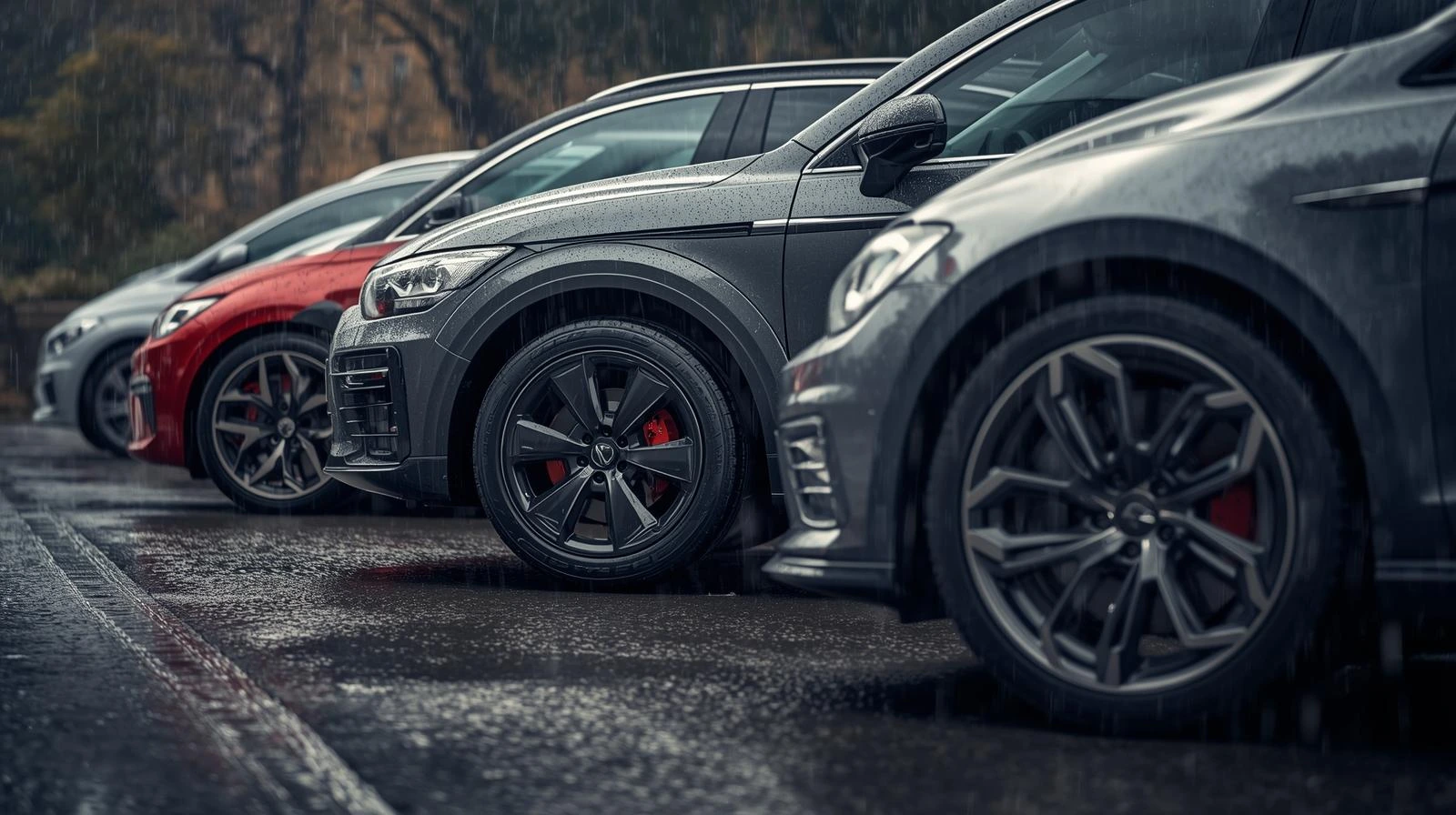
Selecting the right tyres for Singapore rain depends on your driving habits, vehicle type, and priorities. City commuters need comfort and wet braking, family drivers require stability under load, performance enthusiasts focus on precision and cornering, ride-hailing drivers prioritize longevity, and SUV/MPV drivers demand water evacuation and reinforced handling.
For a comprehensive range of budget-friendly tyres suitable for Singapore rain, explore our Tyres Online Blog to find options that balance safety, performance, and cost.
Tyre size, load index, and speed rating—don’t guess
Wet-weather benefits vanish if the size or load index is wrong. Always follow the placard on your door jamb or the owner’s manual. If you upsized wheels for style, ensure the tyre’s overall diameter stays within acceptable tolerance and the load index meets or exceeds OEM spec to keep contact and ABS/ESC systems happy in the rain.
Top Brands for Rainy Roads
Singapore’s tropical climate brings frequent and intense rainfall, making it crucial for drivers to select tyres that offer superior wet-weather performance. Here are some of the top tyre brands renowned for their exceptional grip and safety on wet roads:
1. Michelin
Michelin tyres are celebrated for their advanced technology and consistent performance in wet conditions. Notable models include:
-
Pilot Sport 5: Offers exceptional wet grip, improved handling, and enhanced safety.
-
Primacy 4: Designed for comfort and safety, it maintains excellent wet braking performance throughout its lifespan.
-
Pilot Sport All Season 4: Provides balanced performance in both wet and dry conditions, suitable for year-round driving.
Learn more Michelin
2. Bridgestone
Bridgestone is known for its innovative tyre technologies that enhance wet-weather performance. Key models include:
-
Potenza Sport: Features an advanced tread compound for superior wet and dry performance.
-
Turanza T005A: Incorporates Nano Pro-Tech tread compound to reduce energy loss and improve wet performance.
Learn more Bridgestone
3. Continental
Continental tyres are engineered for safety and performance in challenging conditions. Recommended models are:
-
PremiumContact 7: Excels in wet braking and handling, providing confidence on slippery roads.
-
MaxContact MC6: Offers impressive grip and handling in both wet and dry conditions, making it versatile for varied driving demands.
4. Goodyear
Goodyear tyres deliver reliable performance with a focus on wet traction and comfort. Consider the following:
-
Eagle F1 Asymmetric 5: Provides superior handling and stability in wet conditions.
-
EfficientGrip Performance 2: Designed with lower compound stiffness to facilitate water evacuation and reduce braking distance in wet weather.
5. Dunlop
Dunlop tyres are recognized for their comfort and low noise levels, along with solid wet-weather capabilities. Notable models include:
-
SP Sport Maxx 060+: Optimized tread design for impressive hydroplaning resistance.
-
SP Sport LM705: Utilizes a redesigned tread pattern and flexible sidewalls to enhance comfort and reduce road noise.
6. Yokohama
Yokohama tyres offer a balance between performance and comfort, suitable for wet conditions. Consider the following:
-
Advan dB V552: Features a special compound and sidewall design for high control in wet conditions and reduced road noise.
Selecting the right tyres is essential for ensuring safety and performance on wet roads in Singapore. Brands like Michelin, Bridgestone, Continental, Goodyear, Dunlop, and Yokohama offer tyres that are specifically designed to handle the challenges posed by wet weather. When choosing tyres, consider factors such as wet grip, braking performance, comfort, and noise levels to find the best fit for your driving needs.
Common myths about wet-weather tyres—busted
-
“Any new tyre is great in the rain.”
Not quite. Compound chemistry and tread design vary widely. New but poorly designed wet tyres can still aquaplane early. -
“Lower pressure = more grip in the wet.”
Wrong. Under-inflation deforms the contact patch and impairs water evacuation. -
“Directional patterns are automatically better in rain.”
Good directional tyres work, but many asymmetric designs equal or outperform them thanks to tuned inner/outer zones. -
“I only need to change the worst pair.”
Mixing old and new can upset balance. For front-wheel-drive cars in heavy rain regions, fitting the better pair at the rear maintains stability in emergency manoeuvres.
A simple 6-step buying framework
-
Set your priorities: safety (wet braking), comfort/noise, lifespan, or performance.
-
Shortlist by wet-grip credentials: look at groove volume, siping density, silica, and available wet-grip ratings.
-
Filter by vehicle spec: size, load, speed rating matched to your placard.
-
Think lifecycle cost: a slightly pricier tyre that keeps wet performance longer can save money and stress.
-
Read fresh, local reviews: rain performance can be climate-specific—humid, polished urban asphalt differs from cooler regions.
-
Install, balance, align, and set pressures: the final 10% that delivers 90% of the feel.
Driving techniques that complement good tyres
-
Look farther ahead in rain—anticipation reduces harsh inputs.
-
Use smooth braking—let ABS and ESC work with a composed chassis.
-
Increase following distance—spray hides hazards, and braking distances grow.
-
Avoid glossy patches like painted lines, metal plates, and leaves.
-
Keep your wipers and lights clean—vision is grip’s best friend.
Key Features of Wet-Weather Tyres
Wet-weather tyres often include specific features that enhance performance. These features include unique tread patterns, specialized rubber compounds, and reinforced sidewalls.
For instance, asymmetric tread patterns help in dispersing water, while silica-infused compounds maintain grip. Reinforced sidewalls provide durability and stability.
| Feature | Benefit |
|---|---|
| Asymmetric Tread | Better water dispersion |
| Silica Compounds | Enhanced grip |
| Reinforced Sidewalls | Improved stability |
Therefore, when selecting tyres, consider these features for optimal performance in wet conditions. They can make a significant difference in safety and handling.
Maintenance Tips
Regular maintenance ensures your tyres perform well in all conditions. Start by checking tyre pressure monthly, as under-inflation can affect grip and fuel efficiency.
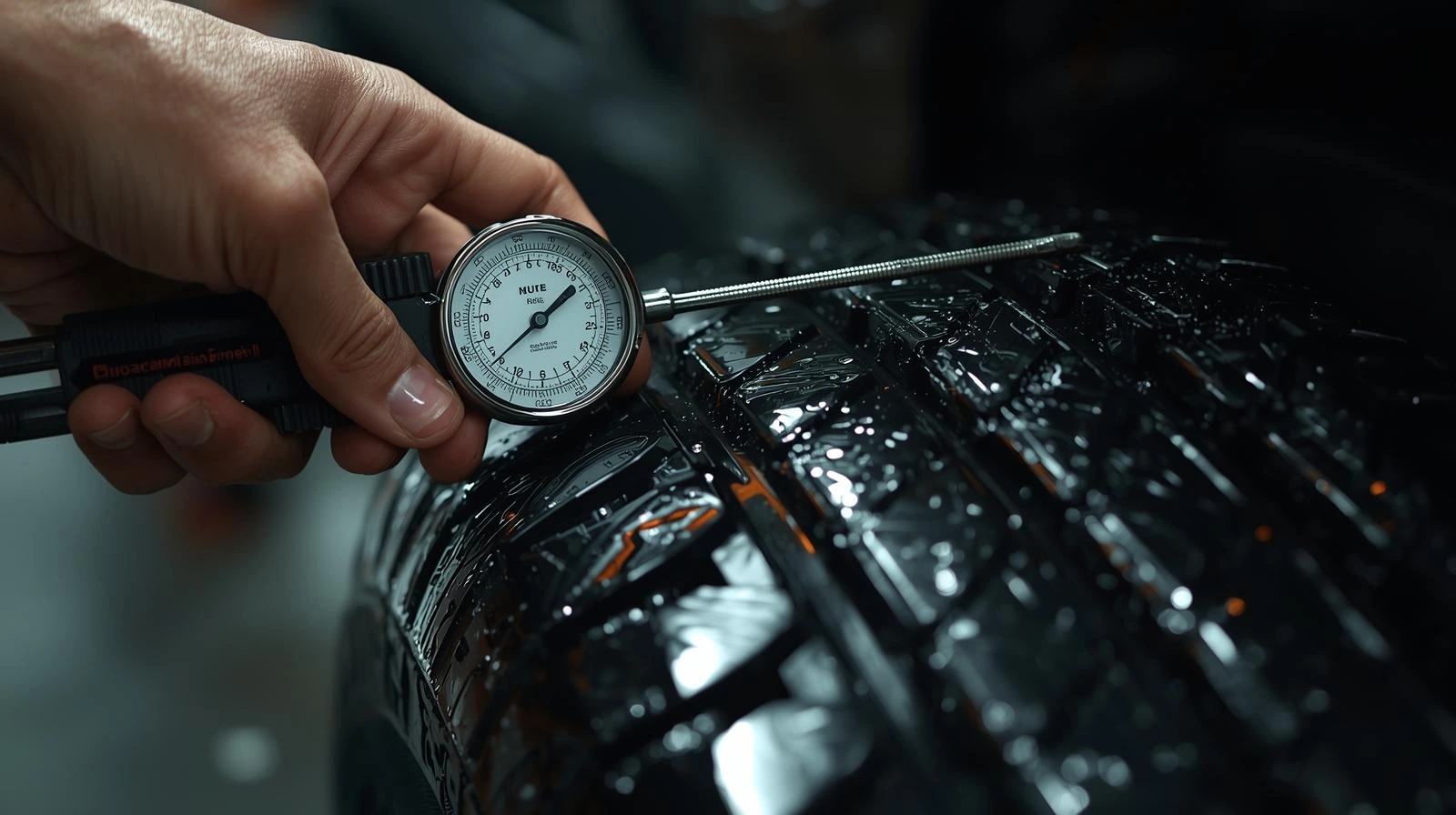
Additionally, inspect tread depth regularly. A depth of at least 3mm is recommended for wet conditions. Rotate your tyres every 10,000 km to ensure even wear.
Finally, align your wheels annually. Proper alignment prevents uneven tyre wear, which can compromise safety. Contact our team for more maintenance tips.
FAQs
What is the best tyre for wet conditions?
The Michelin Primacy 4 is highly recommended for its excellent wet braking capabilities.
How often should I check my tyre pressure?
Check your tyre pressure at least once a month to ensure optimal performance and safety.
What tread depth is safe for rainy conditions?
A tread depth of at least 3mm is advisable for safe driving on wet roads.
Do wet-weather tyres cost more?
Yes, they typically cost more due to specialized features, but they offer better safety and performance.
l Examples of Tyre Performance
Understanding how different tyres perform in real-world conditions can guide your purchasing decision. For instance, during a recent test conducted in Singapore, the Michelin Primacy 4 demonstrated superior wet braking by stopping 5 meters shorter than a standard tyre on a wet track.
Similarly, Bridgestone’s Turanza T005 was tested for its water dispersion capabilities. It maintained excellent traction, even when navigating through 10mm deep water patches at 80 km/h. Goodyear’s Assurance TripleMax 2 also showed impressive results, reducing hydroplaning risk significantly during sudden downpours.
Checklist for Choosing Wet-Weather Tyres
- Check the tread pattern: Look for asymmetric or directional patterns for better water dispersion.
- Inspect the rubber compound: Ensure it includes silica for enhanced grip.
- Examine sidewall strength: Opt for reinforced sidewalls for stability.
- Verify tread depth: Ensure it is at least 3mm for optimal wet performance.
- Consider brand reputation: Choose brands known for wet-weather performance, like Michelin or Bridgestone.
Using this checklist can help you select tyres that offer the best safety and performance in Singapore’s rainy conditions.
Conclusion
When showers hit, your tyres become your first safety system. Choose designs with effective water evacuation, silica compounds, and predictable handling, keep them aligned, rotated, and correctly inflated, and drive with smooth inputs. That combination turns unpredictable downpours into manageable trips.
For more tyre education, guides, and maintenance tips, explore our latest posts on the TyresOnline.sg Blog.

